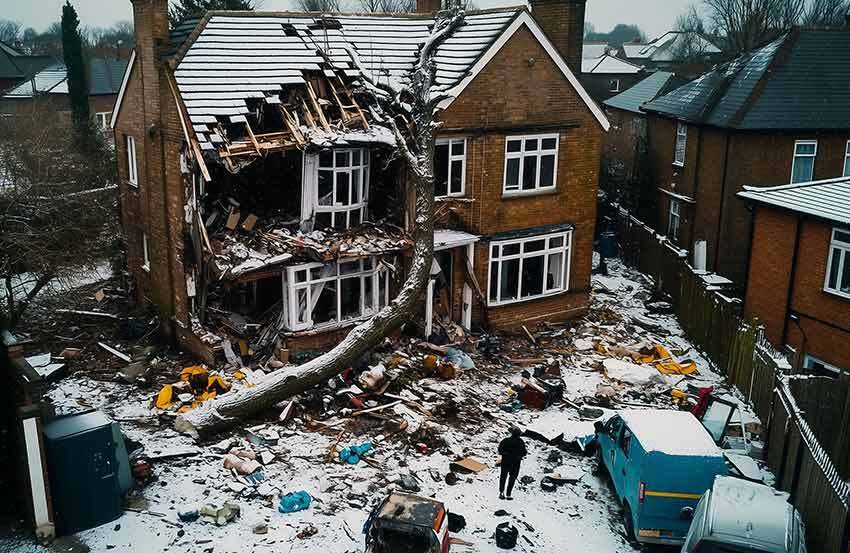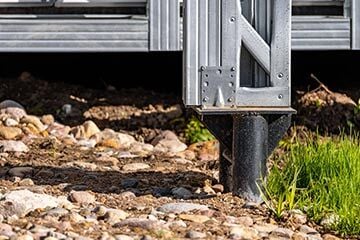Got trees near your home? They can sometimes bump up your insurance - especially if they're close to the building or causing damage.
This guide covers what's usually included in your policy, when trees might cause your premiums to go up and how to stay on top of any risks.

Does home insurance cover tree damage?
Usually, yes. Most standard home insurance policies provide accidental damage cover caused by trees - like if one falls over in a storm and takes out your roof, fence or shed.
Some policies also include tree root damage, especially if it leads to things like subsidence (where the ground beneath your home shifts). But it's not always guaranteed, so it's worth checking the small print before you buy.
And nope, you don't need specialist tree damage cover. Your standard policy should already have you (and your trees) sorted. Just bear in mind that cover can vary between insurers - so it's always a good idea to compare before you buy.
How can trees affect home insurance?
Trees might look lovely on your property, but they can also raise a few red flags with insurers.
If a tree is large, very close to your home or has spreading roots, it could increase the risk of things like storm damage or subsidence. That added risk can push up your buildings insurance premium - or, in some cases, limit which insurers will offer you a policy.
What if there are trees within 10 metres of my house?
That's when insurers start to pay closer attention.
Trees within 10 metres can affect your foundations, especially if you're on clay soil. If the tree is large or has been there a long time, it could also raise the risk of root damage or moisture imbalance - a common trigger for subsidence.
It doesn't mean you'll be refused cover, but you might need to provide a few extra details or pay a bit more for the added risk.
What information about the trees on my property will I need to get a quote?
If your home is surrounded by trees, insurers might ask:
- How close the trees are
- What type of trees they are (some grow faster or have more aggressive roots)
- Any visible issues, like bracked paving or signs of subsidence
Being upfront helps you get the right kind of cover and avoids any unwanted surprises if you ever need to claim.
Tips for managing the risk of trees on your property
You don't have to chop them all down; just show your trees a bit of care. Here are a few easy ways to stay on top of things:
- Get them checked regularly - especially larger or older trees near the house
- Trim back overhanging branches - to help avoid your home getting damaged by a storm or any broken fences
- Install root barriers - these can help stop roots from reaching your foundations
- Watch for changes on the ground - like cracking, lifting or sinking
- Take photos if anything looks off - it's useful to have evidence in case you need to claim
- Get advice if you're not sure - a tree surgeon or your local council might be able to help
When to contact your insurer about tree damage
If a tree's caused damage - to your home, garden fence, or even the neighbour's shed - it's time to let your insurer know.
Do it sooner rather than later, especially if:
- It came down in a storm
- You spot signs of subsidence
- It damaged someone else's property
Every policy's different, so it's worth flagging anything tree-related early. Your home insurance provider can talk you through what's covered and what happens next.







